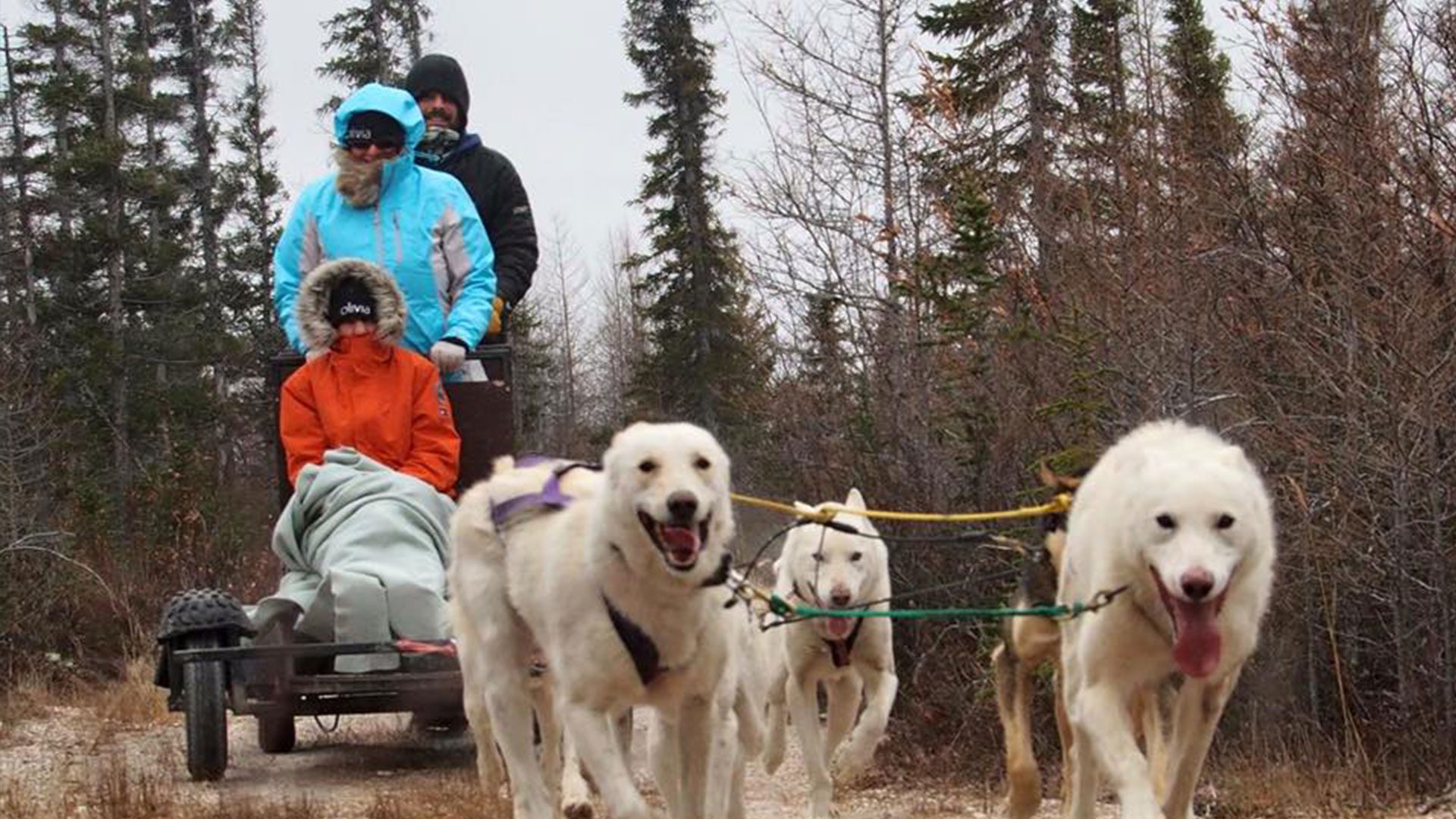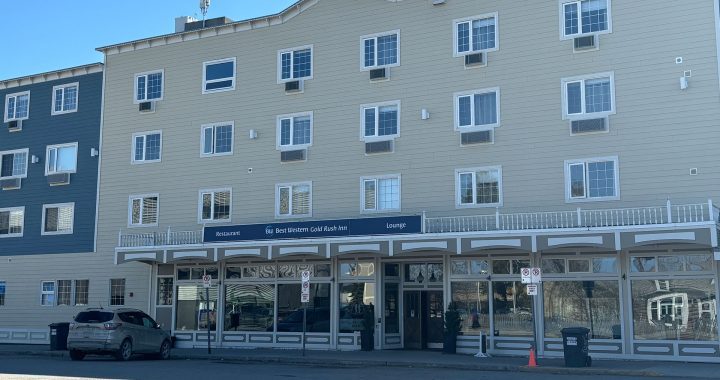Prior to the COVID-19 pandemic, David Daley’s tourism business was booming.
Daley is Métis and the owner of Wapusk Adventures, a dogsled tour company in Churchill, Man.
“We’re always very busy. We’ve very popular here in Churchill,” Daley tells APTN News.
He says pre-COVID, he would see around 2,000 tourists each year. He guesses around 90 per cent are from the U.S.
Typically October and November are Daley’s busiest months as tourists are eager to catch a glimpse of migrating polar bears – but not last year.
“Last bear season for dog sledding we did probably five, maybe three to five per cent of what we normally do. For aurora season we did absolutely nothing, and this is the second summer that we’ve lost from COVID,” he says.

He notes the absence of visitors has been costly.
He explains unlike many other tour companies that are able to park buses or closeup shop when times get tough, he doesn’t have that option.
“I have 38 dogs to look after, we still have to feed them, their vet bills, the upkeep, the gas to go back and forth… it just doesn’t stop,” he says.
New border rules a welcome relief
In March 2020 Canada tightened its borders to international travelers, requiring a mandatory two-week self-isolation period for most non-essential visitors to help stop the spread of COVID-19.
But last week the federal government announced on Aug. 9, fully vaccinated U.S. visitors will be allowed to enter Canada without having to self-isolate, provided they can show proof of vaccination.
The government also announced starting that day, the number of airports accepting international flights would be expanded from four to nine.
Daley says it’s welcome news.
“Talking to the tour companies I was very happy to hear that a lot of their customers that cancelled before COVID have retained their bookings to come this fall,” he says.
“We’re ready to go.”
Operator realistic about slow recovery
“My first reaction when I heard (of the border relaxations) was I’ve been praying for this,” says Yukon tour operator Teena Dickson.
Dickson is Chipewyan and the co-owner of several tour companies in the Yukon, including an outfitting company, Dickson Outfitters, which is mostly geared towards international customers looking to experience the territory.
“When it comes to outfitting, 95 per cent of our clients are from the U.S., so, we’re very happy with the recent border announcement,” she says.

Dickson is optimistic outfitting will be able to rebound fairly quickly due to its remote nature away from communities. However, she’s realistic other tourism sectors in Yukon will most likely gain visitors back slowly and in stages.
“It’s literally a recovery and it’s not going to happen overnight…Give it more time and I think it will be a trickle effect,” she says.
Border restrictions have had ‘devastating impact’
Keith Henry, president of the Indigenous Tourism Association of Canada (ITAC), says border restrictions have “had quite a devastating impact to our industry.”
He says 2019 was a record-breaking year for Indigenous tourism, with the industry raking in around $1.9-billion dollars while employing 41,000 people across 1,800 businesses.
“(But) when the international market closed, we lost all those paying customers overnight,” he says.
He now estimates border restrictions have caused a loss of around $1-billion in direct GDP to the industry and employment’s down by 22,000 jobs.
Read More:
NWT tourism sector crumbles with borders closed
B.C. Indigenous tourism operators at risk of closing because of pandemic
He notes restrictions have also caused many businesses to “hibernate,” meaning while they haven’t had to completely close, they can’t afford to stay open, either. While he doesn’t have exact data yet, he says ITAC predicts 500 businesses could close this year alone.
He warns the industry can’t afford to wait any longer as emergency funding for operators is drying up.
“There’s no more grants, there’s no more supports to stabilize our industry and I think that’s going to hurt us. The relief programs right now are winding up and we’ve got to find other ways to stabilize our sector because the paying customers just aren’t coming back fast enough,” he says.
Henry says Indigenous tourism’s second highest paying customer is the U.S., and ITAC is already working on ways to entice Americans to come visit their northern neighbor.
“Aug. 9 can’t come fast enough. We’re already addressing our marketing tactics and strategies because we really depend on U.S. visitation for many of our businesses across the country,” he says.
Respectful tourism the way forward
If COVID conditions remain favorable in the coming weeks, fully vaccinated international travellers will be allowed into the country on Sept. 7.
At the same time, the U.S. land border will remain closed to Canadian citizens until at least Aug. 21.
Meanwhile, Dickson says some Yukon communities are still grappling with the impacts of COVID, and tourism that’s mindful of these communities must be the new way forward in the territory.
“It needs to be very safe and controlled. We want families, we want smaller groups, we want to make it a quality experience and not just these mass numbers,” she says.
“We need to get on with business, it’s something we can live with. But from a tourism perspective it’s educating the visitor, it’s controlling, it’s managing our visitor and walking very lightly and respectfully on our land.”









